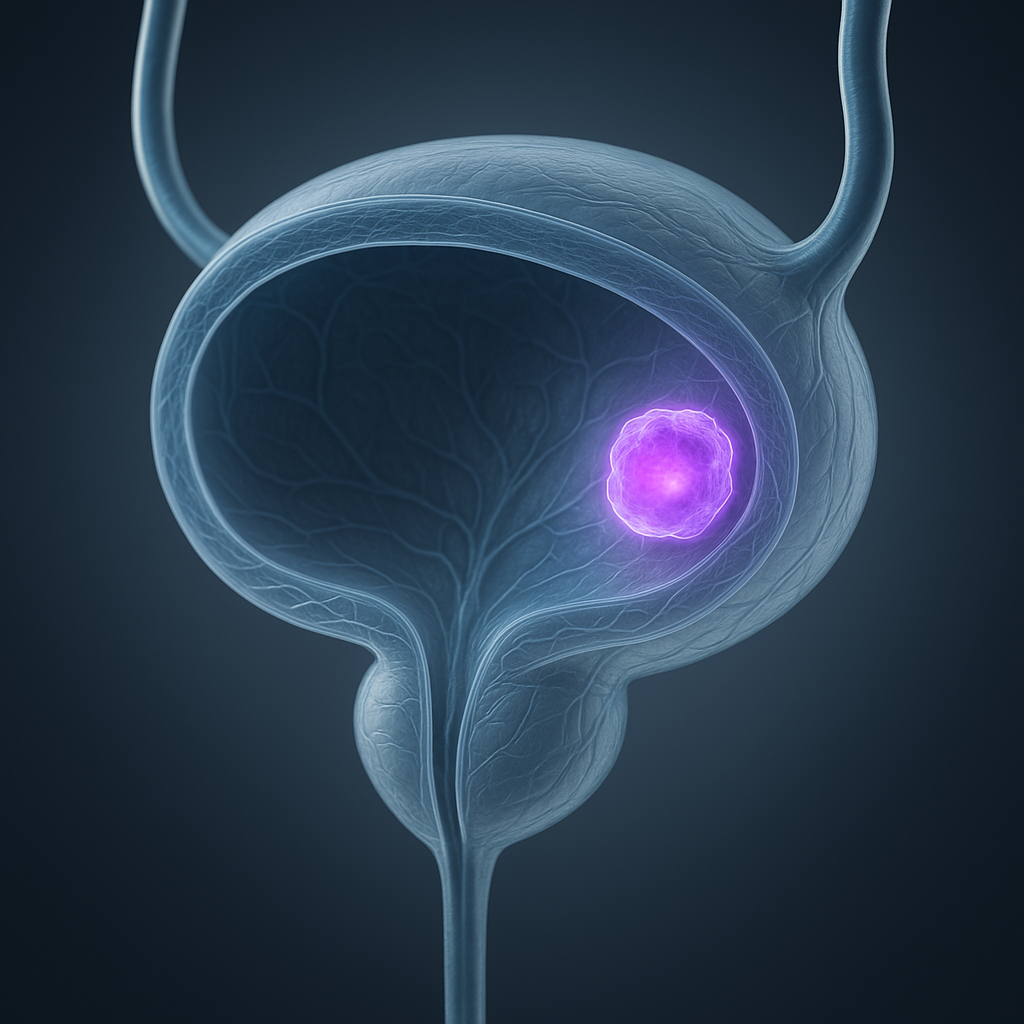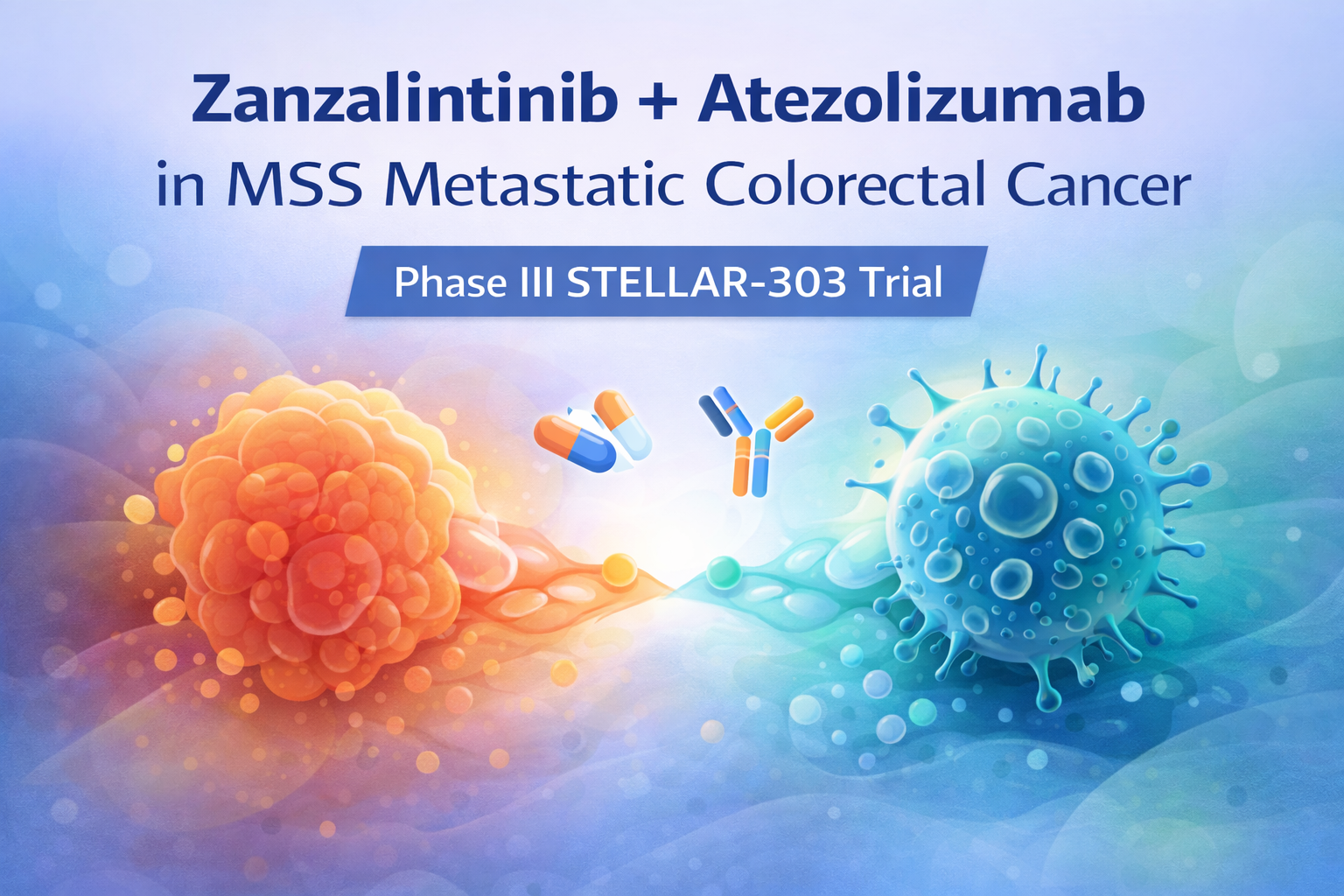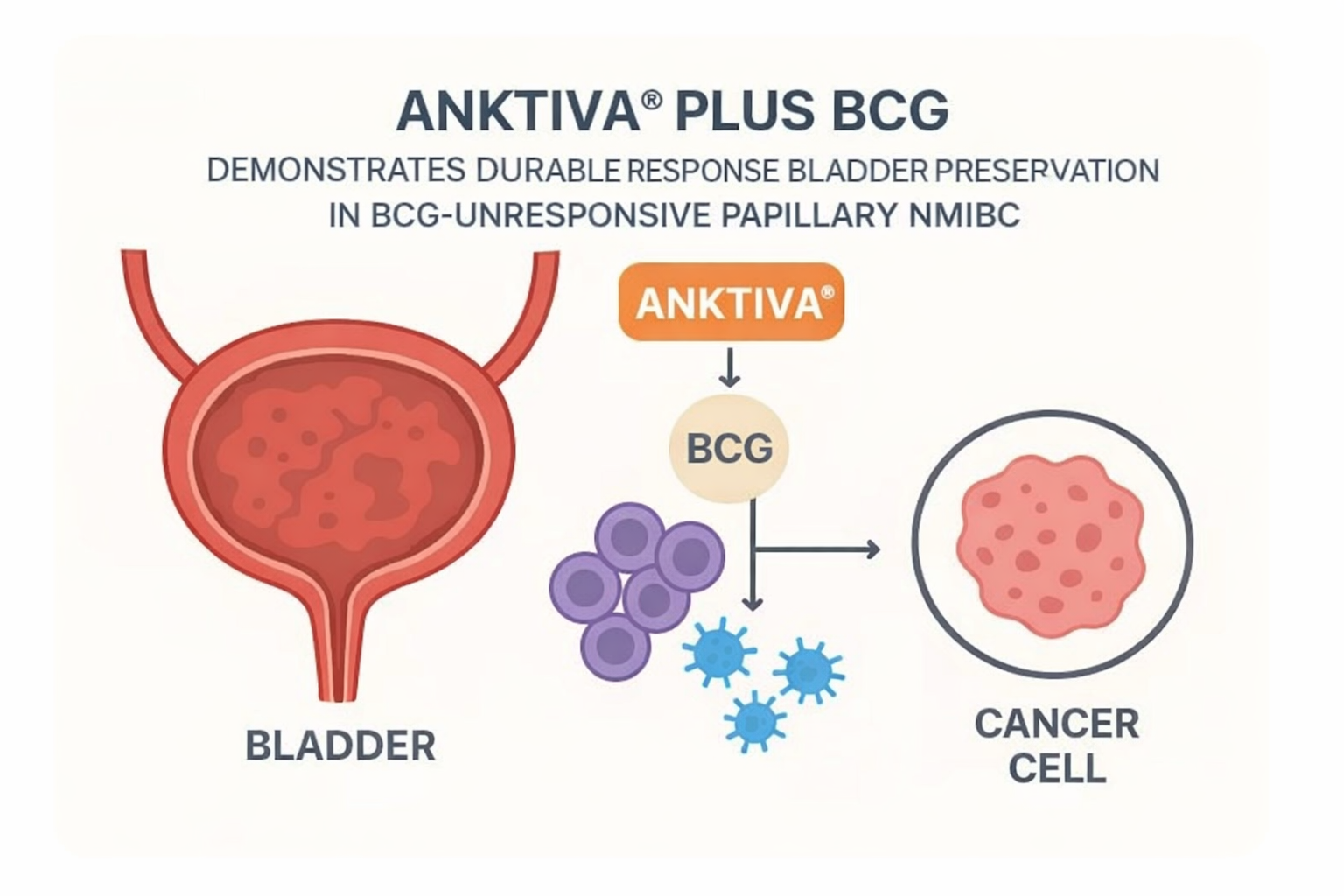

HMGA2 protein is significantly overexpressed in 70% of bladder cancer tissues with complete absence in normal tissue, showing strong correlation with tumor stage, grade, and muscle invasion. This biomarker demonstrates potential as a diagnostic and prognostic tool for bladder cancer assessment.

Study Design & Population
- Study Type: Cross-sectional immunohistochemical analysis
- Sample Size: 40 primary transitional cell bladder cancer samples with 20 adjacent normal controls
- Patient Demographics: 34 males, 6 females; mean age 62±1 years
- Study Period: March 2023 to January 2024 at Al-Assad University Hospital, Damascus
- Tumor Distribution: 72.5% pT1, 17.5% pT3, 10% pT2 stage; 57.5% high-grade, 42.5% low-grade
Key Findings
- Primary Endpoint: HMGA2 overexpression in 70% (28/40) of bladder cancer tissues vs 0% (0/20) normal tissues
- Stage Correlation: Significant association between high HMGA2 levels and advanced tumor stage (p < 0.05)
- Grade Association: Higher HMGA2 expression correlated with higher tumor grade (p < 0.05)
- Muscle Invasion: Significant correlation between HMGA2 levels and muscle invasion status (p < 0.05)
- Demographics: No significant association with gender or smoking habits (p > 0.05)
Clinical Implications
- HMGA2 immunohistochemical staining may serve as supportive diagnostic marker for bladder cancer
- Protein expression levels could assist in determining tumor aggressiveness and invasion status
- Results align with previous Chinese studies by Yang et al. (2011) and Ding et al. (2014)
Limitations
- Small sample size limits generalizability of findings
- Single-center study reduces external validity
- No follow-up data after treatment outcomes
- Cross-sectional design prevents assessment of temporal relationships
Source: https://link.springer.com/article/10.1007/s12672-025-03462-7



